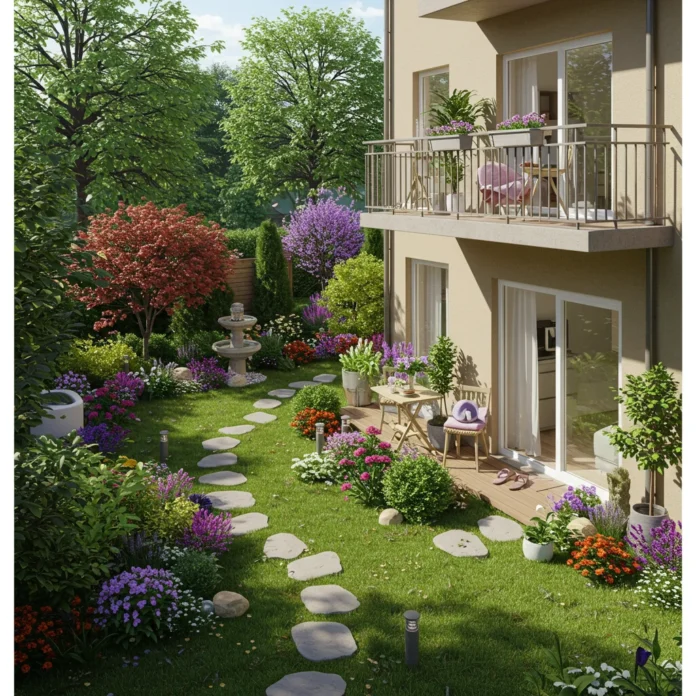Introduction to Garden Apartments
Garden apartments offer a unique approach to residential living, emphasizing peaceful environments, lush outdoor spaces, and a sense of privacy often missing from high-rise buildings. Their design integrates natural beauty with modern comforts, creating an inviting atmosphere for residents seeking tranquility.


In this article, we examine the essential characteristics, benefits, and considerations of garden apartments, providing a comprehensive guide for anyone interested in this popular housing style.
What Are Garden Apartments?
Garden apartments are typically low- to mid-rise residential buildings surrounded by landscaped gardens or green spaces. Unlike urban high-rises, these apartments prioritize outdoor access, allowing residents to enjoy fresh air, greenery, and a more relaxed pace of life.
Most garden apartments feature individual entrances, private patios, or balconies, enhancing the connection between indoor and outdoor living.
Brief History of Garden Apartments
The concept of garden apartments originated in the early 20th century, primarily as a response to crowded city living. Developers sought to combine the convenience of apartment living with the benefits of landscaped grounds, aiming to improve residents’ quality of life.
Over the decades, this housing style has evolved, adapting to different climates, cultures, and architectural trends while maintaining a focus on serene outdoor settings.
Key Features That Define Garden Apartments
Several defining features make garden apartments distinct:
- Direct access to landscaped gardens or green spaces
- Low- to mid-rise construction (usually 2–4 stories)
- Individual entrances or semi-private corridors
- Private patios, balconies, or terraces
- Large windows for natural light and ventilation
Why Choose a Garden Apartment for Peaceful Living?
Many people are drawn to garden apartments for their tranquil atmosphere and close connection to nature. These features set them apart from more conventional apartment complexes.

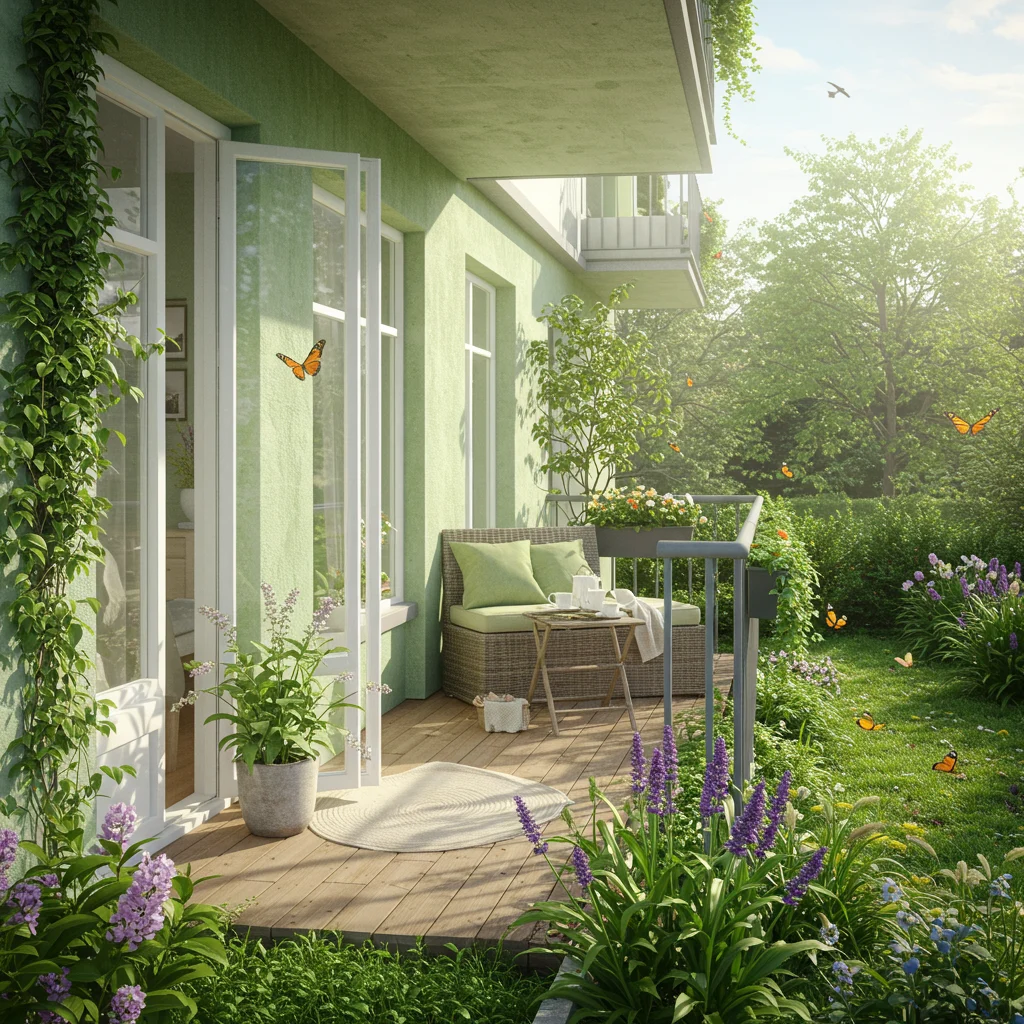
How Do Garden Apartments Promote Tranquility?
The abundance of greenery and open spaces in garden apartments creates a naturally calming environment. Residents often wake to the sound of birdsong, a gentle breeze rustling through leaves, and the soothing scent of blooming flowers.
This peaceful ambiance is ideal for those seeking a respite from urban noise and stress, much like the serenity travelers find at destinations such as Playa Tranquila in Cartagena.
Benefits of Living in a Garden Apartment
Residents of garden apartments enjoy several advantages:
- Access to nature for relaxation and recreation
- Improved air quality and natural ventilation
- Enhanced privacy compared to high-rise living
- Opportunities for gardening or outdoor dining
- Lower ambient noise levels
Comparing Garden Apartments to Other Apartment Types
Compared to traditional high-rise or urban apartments, garden apartments offer a more intimate and nature-focused setting. The lower density and spread-out design minimize noise and crowding, while the outdoor spaces foster a sense of community.
Many residents find this environment more conducive to relaxation and well-being.
Privacy and Seclusion: What to Expect
Privacy is a hallmark of garden apartments. Individual entrances and thoughtfully landscaped grounds provide a buffer from neighbors and the outside world.
For couples seeking a romantic retreat, garden apartments can offer the same sense of seclusion found in some of the most romantic hidden gems around the world.
Natural Light and Ventilation Advantages
Large windows and open layouts allow sunlight to fill the living spaces, enhancing mood and energy efficiency. Cross-ventilation is often prioritized in the design, making garden apartments comfortable throughout the year.
Who Should Consider a Garden Apartment?
Garden apartments appeal to a wide range of residents, from families to singles, seniors, and pet owners. The layout and amenities can be tailored to suit various lifestyles.

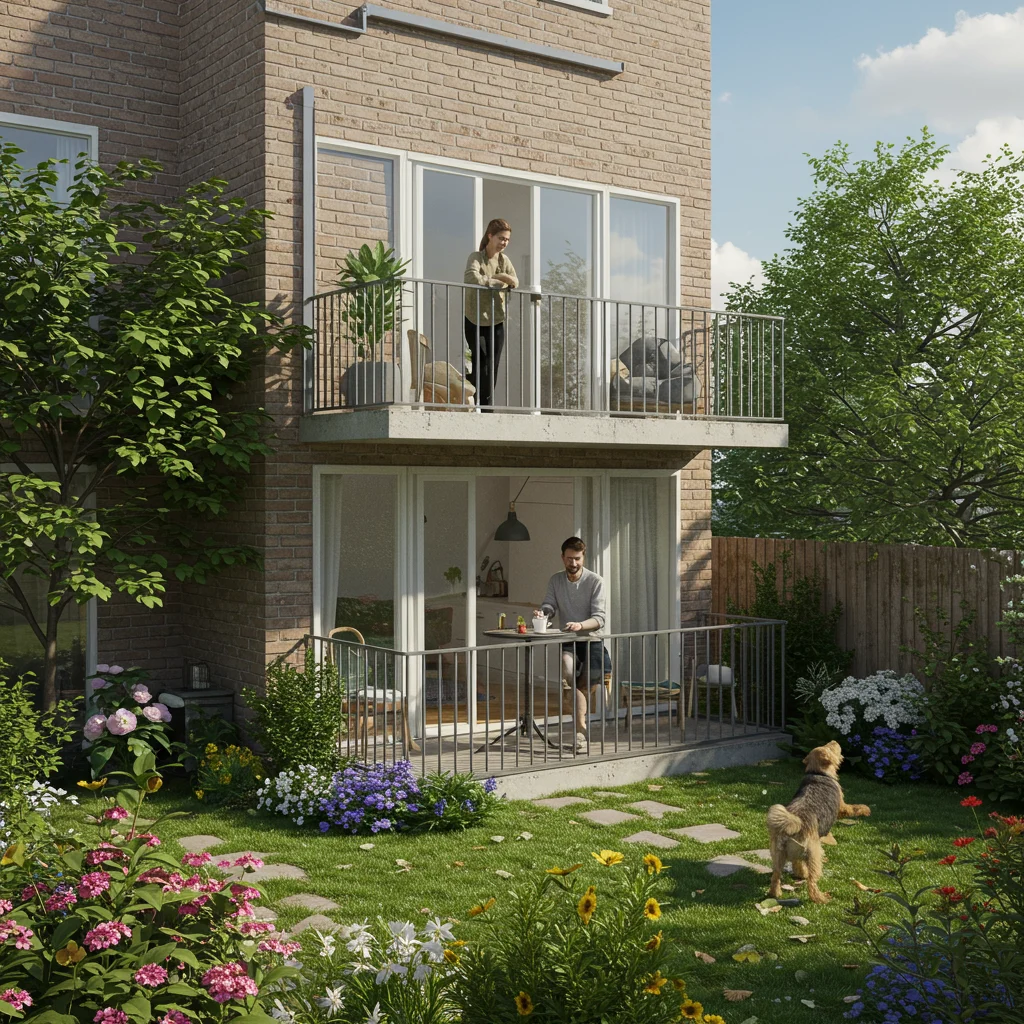
Are Garden Apartments Good for Families?
Families often appreciate the secure outdoor play spaces and proximity to nature. Children can enjoy safe, supervised play areas, while parents benefit from a peaceful home environment.
Garden Apartments for Singles and Couples
Singles and couples value garden apartments for their privacy and opportunities to entertain outdoors. The relaxed atmosphere is perfect for quiet evenings or weekend gatherings with friends.
Are Garden Apartments Suitable for Seniors?
Seniors may find garden apartments especially appealing due to the ease of access, single-level layouts, and tranquil surroundings. The presence of on-site amenities and community activities can further enhance quality of life.
Pet Owners and Garden Apartments: A Perfect Match?
Pet owners often seek out garden apartments for the convenience of nearby green spaces. Well-landscaped grounds provide room for pets to exercise safely, making daily routines more enjoyable for both residents and their animals.
Types of Garden Apartments
There are several variations of garden apartments, each offering distinct advantages depending on the resident’s needs and preferences.

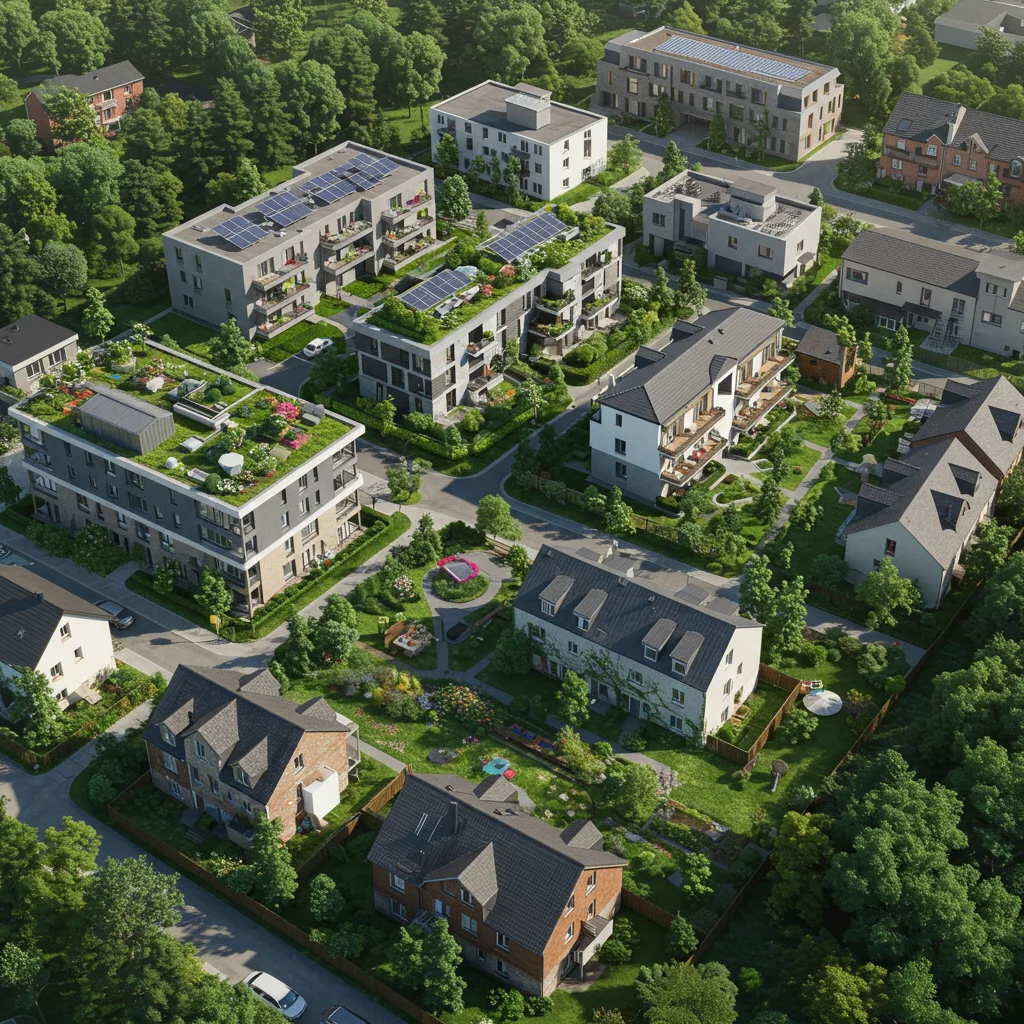
Low-Rise vs. Mid-Rise Garden Apartments
Low-rise garden apartments, typically two to three stories, offer a more intimate feel and often feature direct access to gardens. Mid-rise options provide additional amenities and sometimes offer better views of landscaped grounds.
Townhouse-Style Garden Apartments
Townhouse-style units blend the privacy of a standalone home with the convenience of apartment living. These often feature multiple floors and private entrances, further enhancing the sense of seclusion.
Studio and One-Bedroom Garden Apartments
For singles or couples, studios and one-bedroom garden apartments provide a cozy, efficient space with the added benefit of outdoor access. These units are ideal for those seeking simplicity without sacrificing comfort.
Luxury Garden Apartments: What Sets Them Apart?
Luxury garden apartments elevate the experience with high-end finishes, resort-style amenities, and meticulously maintained grounds. Residents may enjoy exclusive access to pools, fitness centers, and concierge services.
Garden Apartment Layouts and Floor Plans
The layout of a garden apartment greatly influences its livability and sense of peace, with many designs maximizing natural light and outdoor views.

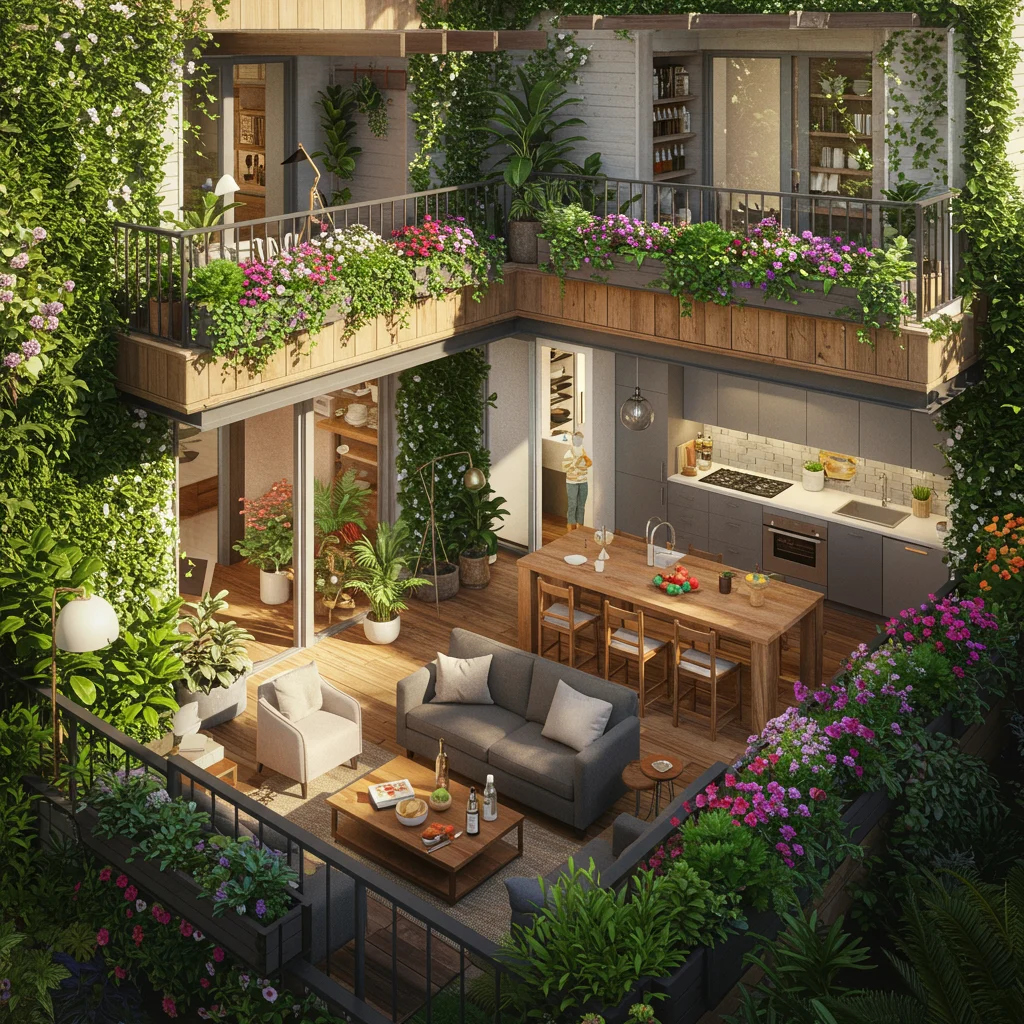
Common Floor Plan Styles
Garden apartments come in a variety of floor plan styles to suit different lifestyles and preferences. These range from open-concept living spaces to units with more defined areas for privacy and relaxation.
Open-Concept Living Spaces
Open-concept layouts create a sense of spaciousness, allowing natural light to flow freely throughout the apartment. This design is especially popular among those who appreciate a modern, airy feel and flexible living areas.
Private Patios and Balconies
Many garden apartments feature private patios or balconies, offering a personal outdoor retreat for morning coffee or evening relaxation. These spaces can be customized with plants, outdoor furniture, or decorative lighting.
Shared vs. Private Garden Areas
Some communities offer shared garden spaces, fostering interaction among residents, while others provide private gardens for exclusive use. Both options enhance the overall quality of life and connection to nature.
Design Elements That Enhance Peacefulness
Thoughtful design choices such as sound-insulating materials, calming color palettes, and strategic landscaping contribute to a serene living environment. Water features and natural stone accents can further amplify the sense of tranquility.
Architectural Styles in Garden Apartments
Architectural styles vary widely, from classic brick facades to modern minimalist designs. The common thread is an emphasis on blending indoor and outdoor spaces, often with large windows and seamless transitions to the garden areas.
Landscaping and Outdoor Spaces
Landscaping is a defining element of garden apartment living, transforming ordinary complexes into lush, inviting retreats.
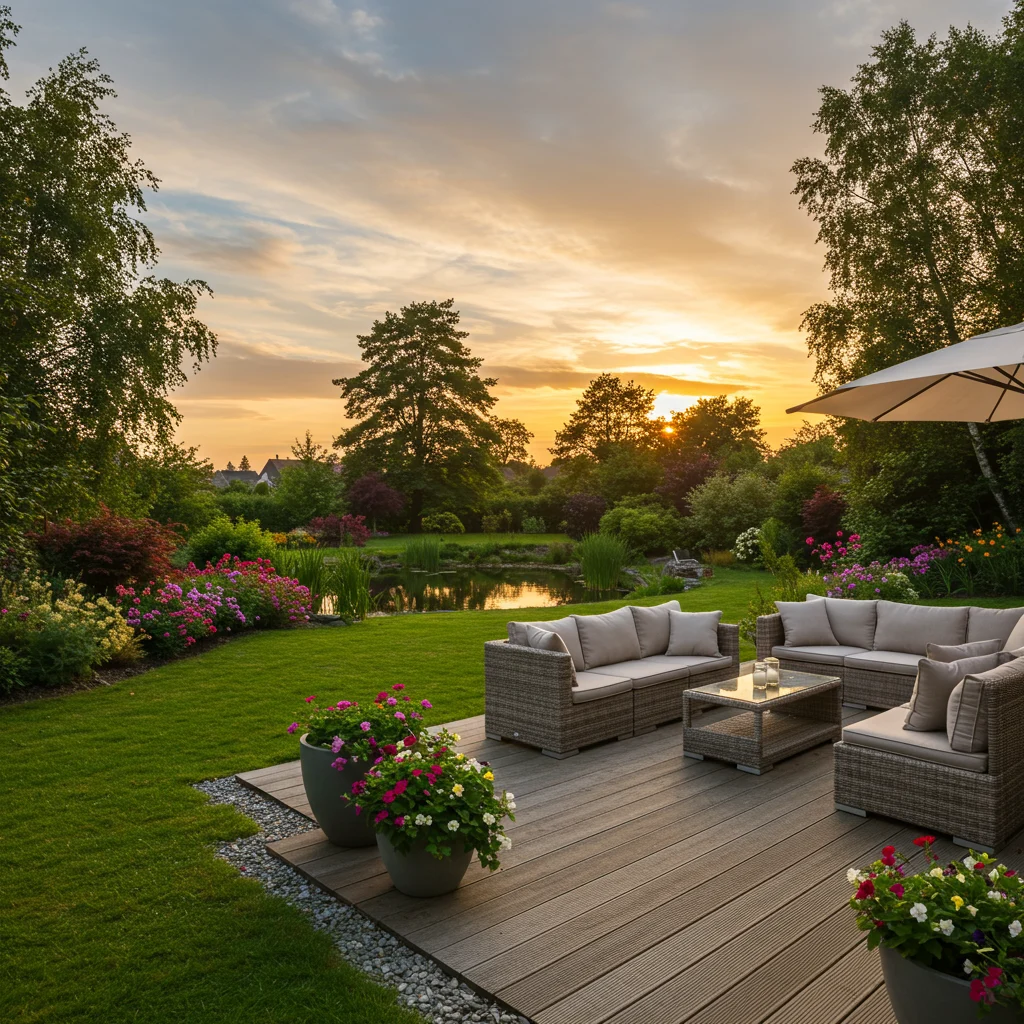

How Do Gardens Improve Apartment Living?
Gardens provide visual beauty, fresh air, and opportunities for outdoor activities. The scent of blooming flowers, the gentle rustle of leaves, and the sight of greenery all contribute to a restorative atmosphere.
These sensory benefits mirror the peacefulness found in natural destinations like Tibumana Waterfall in Bali, where nature takes center stage in daily life.
Types of Gardens in Apartment Complexes
Garden apartment communities may feature several types of gardens, each offering unique advantages for residents.
Community Gardens
Community gardens encourage residents to grow their own vegetables, herbs, or flowers. These shared spaces foster a sense of camaraderie and healthy living.
Private Green Spaces
Some units offer private fenced gardens or patios, giving residents a secluded area for personal enjoyment or entertaining guests.
Landscaped Courtyards
Central courtyards, often adorned with fountains and shaded seating, serve as gathering places for relaxation and socialization.
Balcony and Patio Gardens
Even upper-floor units can enjoy greenery through balcony or patio gardens. Residents may cultivate container plants, hanging baskets, or vertical gardens to create their own sanctuary.
Benefits of Green Spaces for Mental Health
Access to green spaces has been shown to reduce stress, improve mood, and boost overall well-being. The calming effect of nature is a key reason why garden apartments are so desirable for those prioritizing mental health.
Sustainability and Eco-Friendly Features
Modern garden apartments increasingly incorporate eco-friendly practices to minimize environmental impact and lower utility costs.

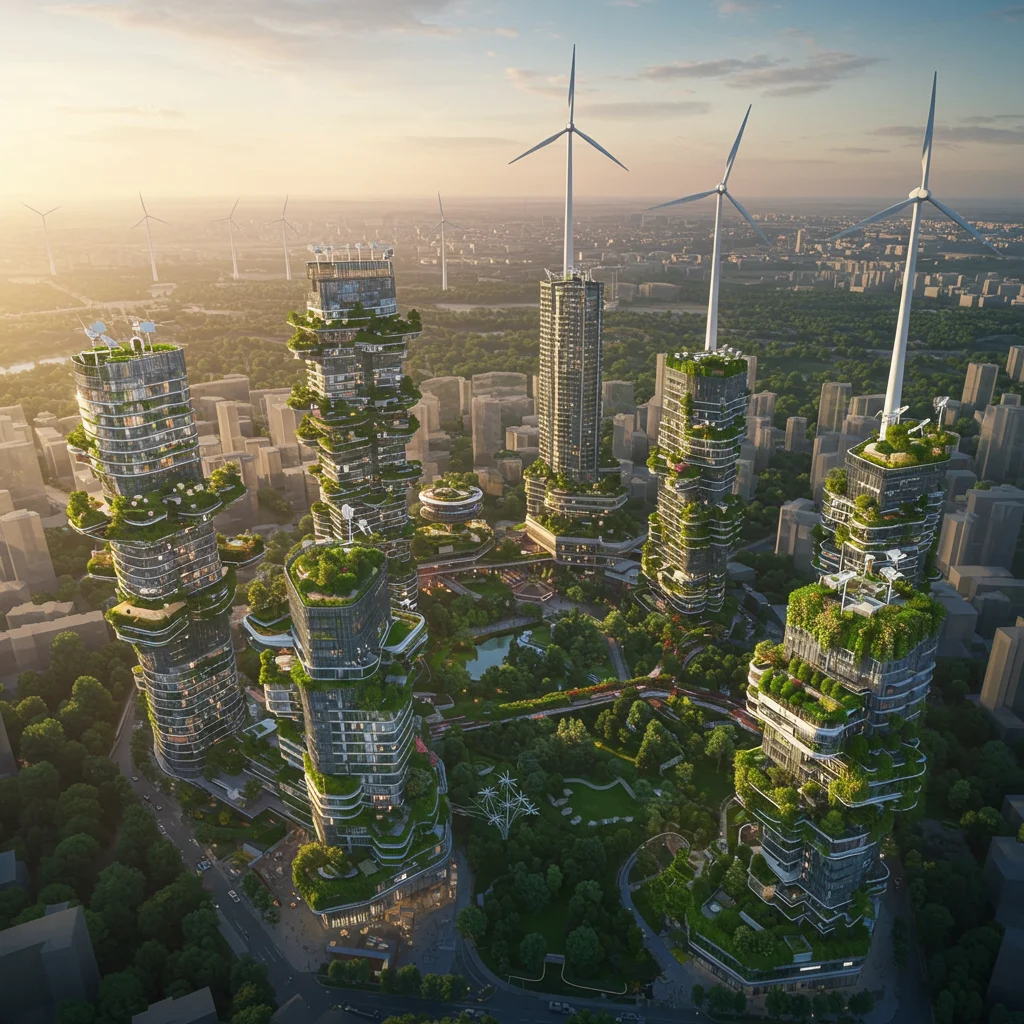
How Are Garden Apartments Environmentally Friendly?
Many developments use native plants, drought-resistant landscaping, and energy-efficient building materials. These choices decrease water usage, support local ecosystems, and reduce the carbon footprint of the community.
Water Conservation and Irrigation Systems
Smart irrigation systems and rainwater harvesting are common features in sustainable garden apartments. These technologies ensure gardens remain lush without excessive water consumption.
Energy-Efficient Building Materials
From double-glazed windows to high-performance insulation, energy-efficient materials are standard in many new garden apartments. These upgrades improve comfort and reduce energy bills for residents.
Community Living in Garden Apartments
Garden apartments often foster a strong sense of community, with shared amenities and social events bringing residents together.
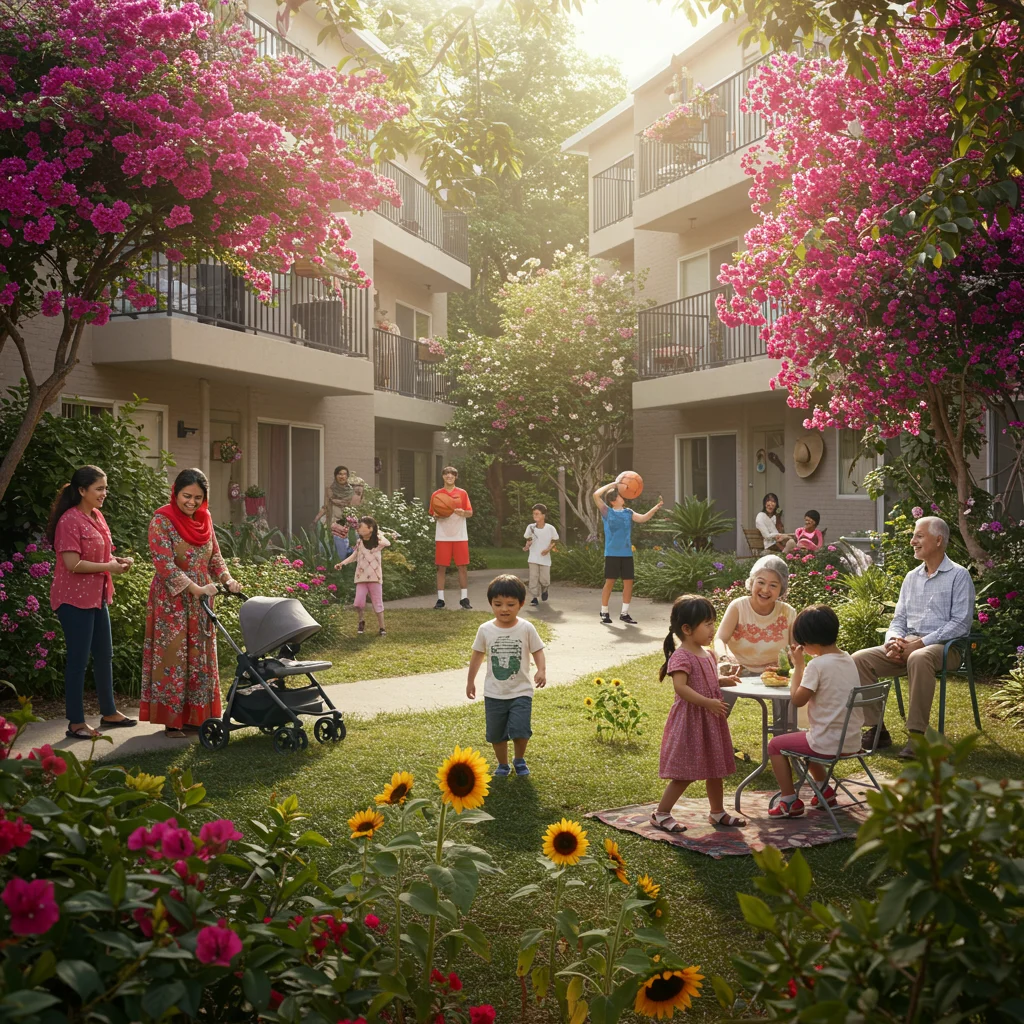

How Do Garden Apartments Foster Community?
Shared green spaces, walking paths, and communal gardens naturally encourage interaction. Residents may gather for outdoor meals, gardening projects, or casual conversations in the courtyard.
As experts often say:
“A sense of belonging is nurtured when people share beautiful, well-designed spaces and connect over daily experiences.”
Shared Amenities and Social Spaces
Common amenities such as barbecue areas, playgrounds, and clubhouses provide venues for socializing and recreation. These spaces help create lasting friendships among neighbors.
Community Events and Activities
Many garden apartment communities organize events like gardening workshops, yoga sessions, or seasonal festivals. These activities strengthen the neighborhood bond and enrich residents’ lives.
Safety and Security in Garden Apartments
Security is a priority in well-managed garden apartment communities, with a range of features designed to keep residents safe.
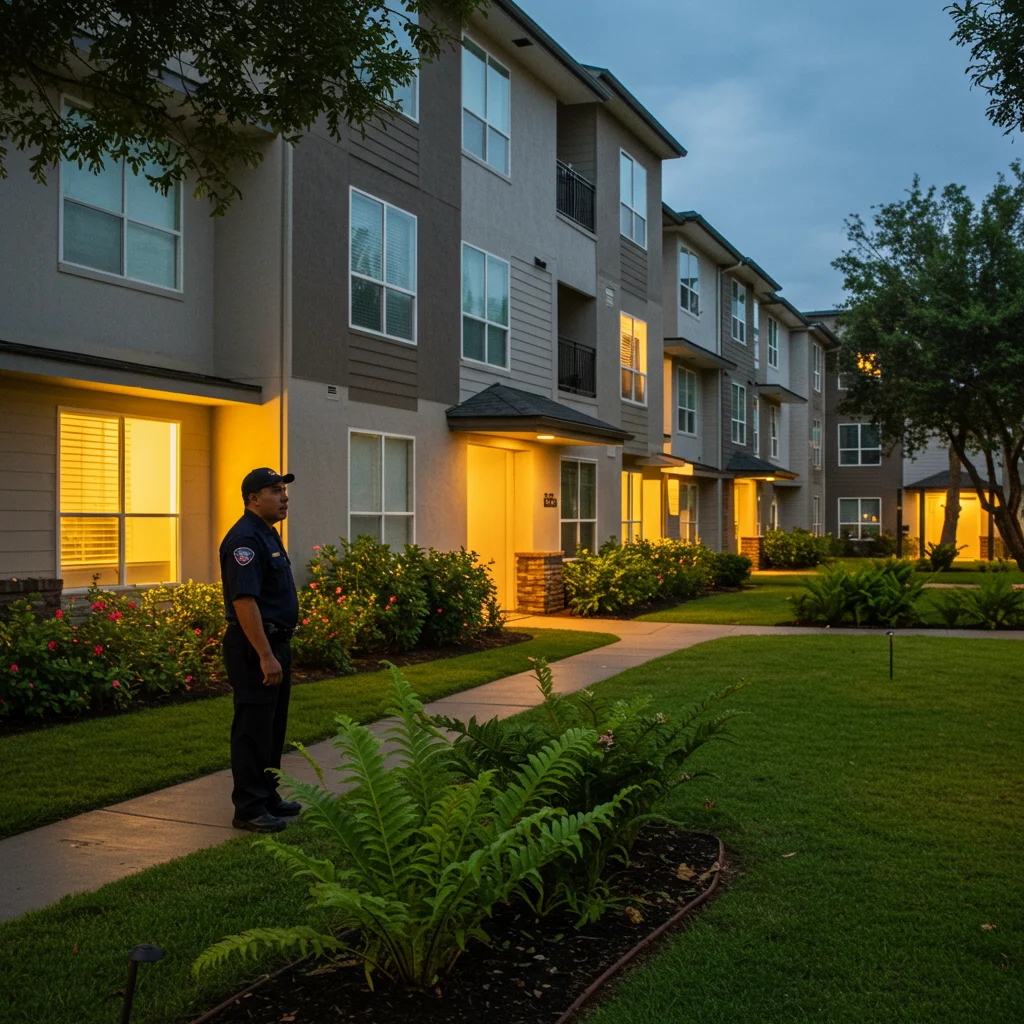
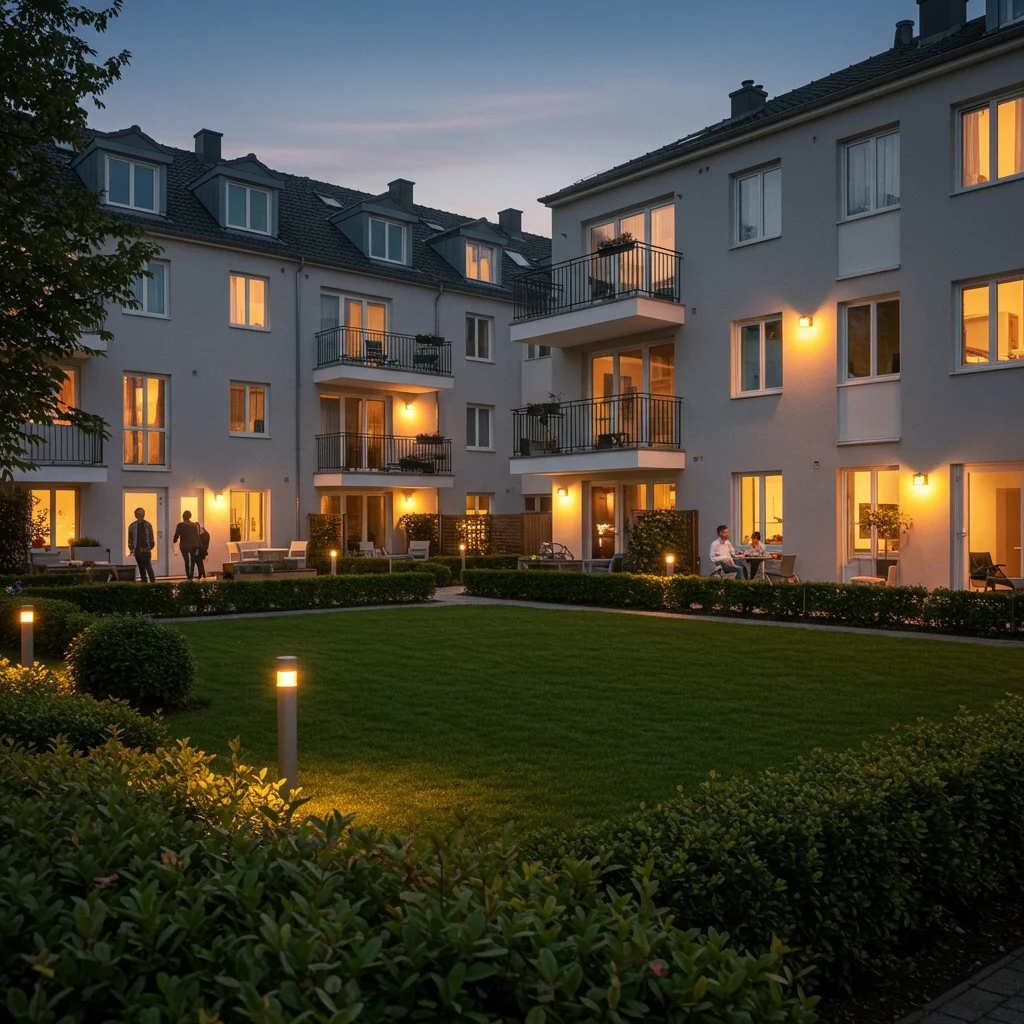
What Security Features Are Common?
Typical security measures include gated entrances, on-site management, and regular patrols. Many complexes also feature secure mailrooms and package lockers to protect deliveries.
Lighting and Visibility in Outdoor Areas
Well-lit pathways and common areas deter unwanted activity and help residents feel secure when moving about at night. Motion-sensor lights and illuminated signage further enhance visibility.
Access Control and Surveillance
Keycard or code access, security cameras, and intercom systems are commonly used to monitor entrances and control visitor access, providing peace of mind for residents.
Noise Reduction and Peaceful Living
One of the main draws of garden apartments is their reputation for quietness, thanks to thoughtful design and landscaping.

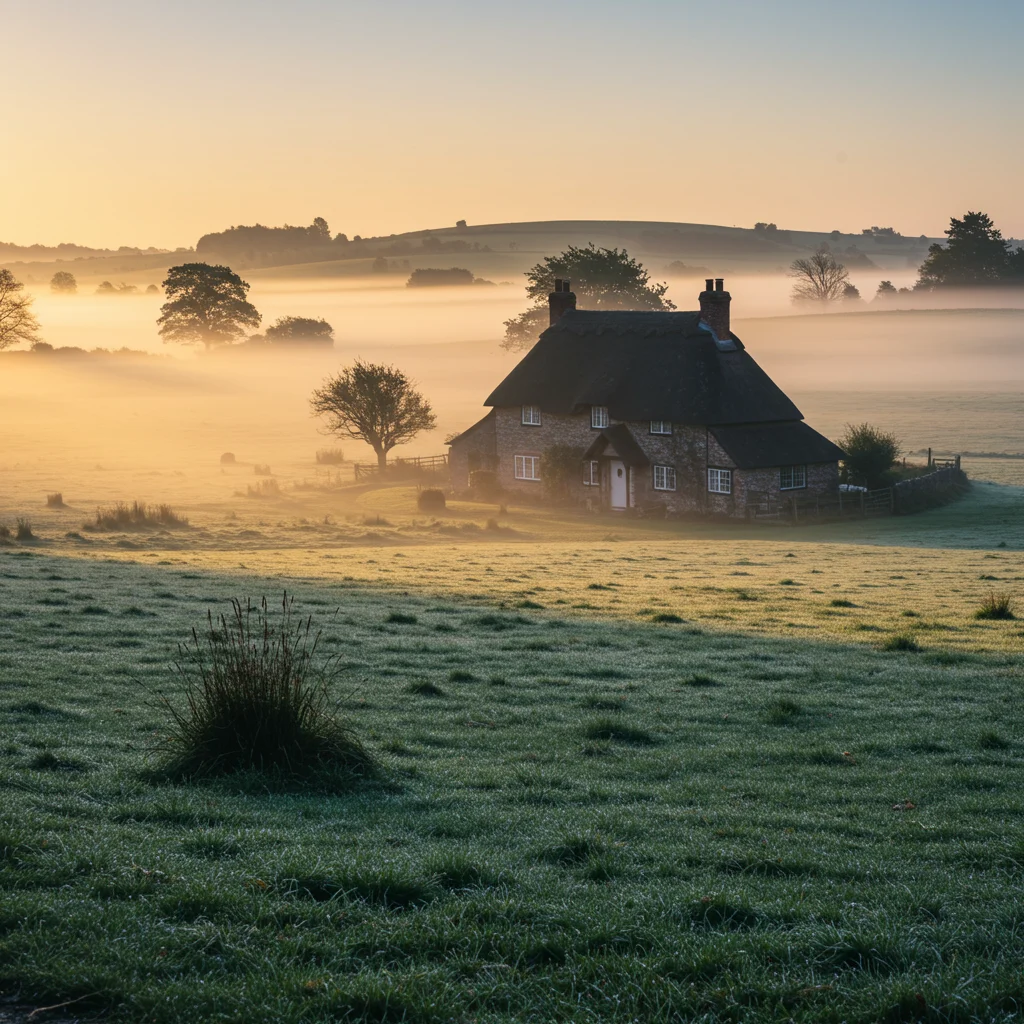
How Are Garden Apartments Designed for Quiet?
Sound-dampening features such as thicker walls, double-glazed windows, and strategic building placement help reduce external noise. Landscaping with dense shrubs and trees acts as a natural buffer against traffic or city sounds.
Building Materials That Reduce Noise
Acoustic insulation and solid-core doors are often used to minimize sound transfer between units. These materials are especially important in urban areas where outside noise can be a concern.
Landscaping as a Sound Barrier
Strategically placed hedges, earth berms, and water features absorb and deflect noise, creating a more peaceful living environment.
For those interested in other peaceful retreats, we recently highlighted the calming experience of paddling through Green Canyon.
Location Considerations for Garden Apartments
The location of a garden apartment can significantly influence the lifestyle it offers, from access to parks to proximity to public transit.
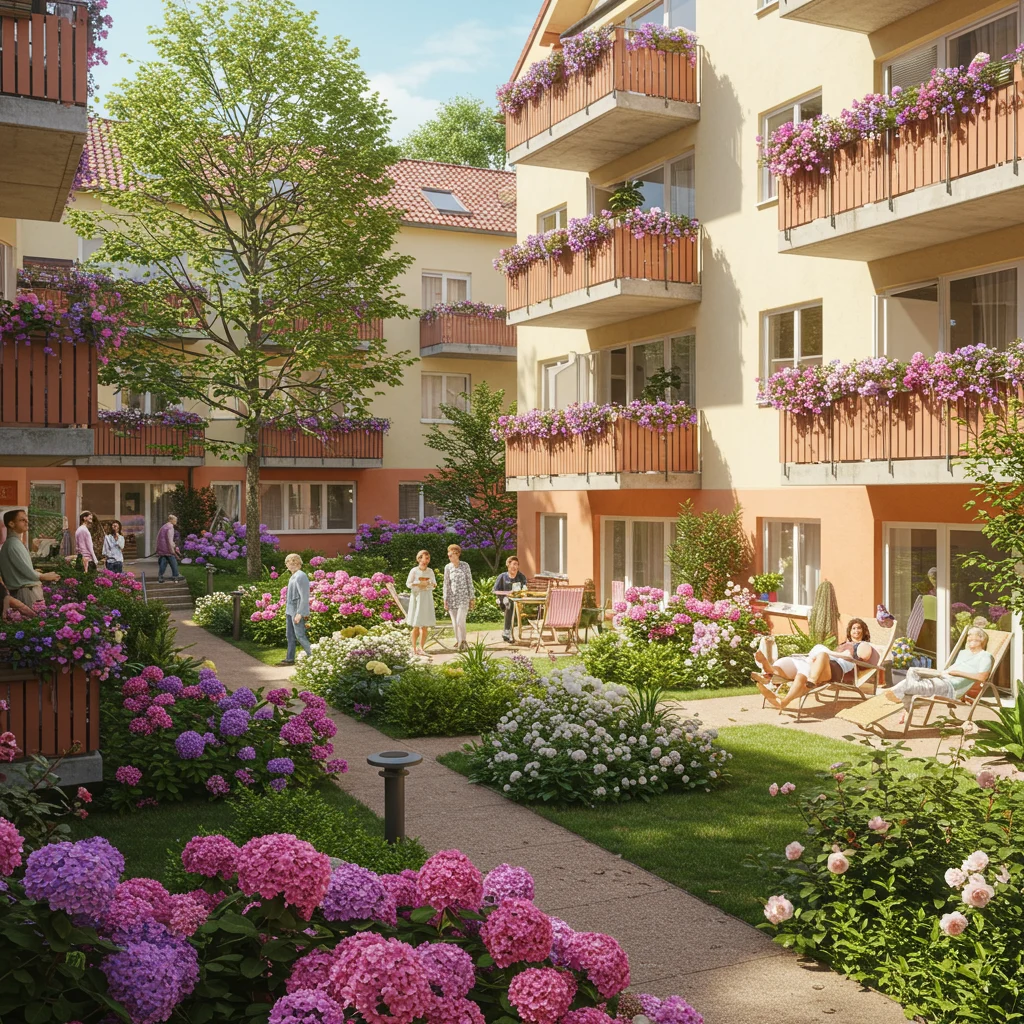
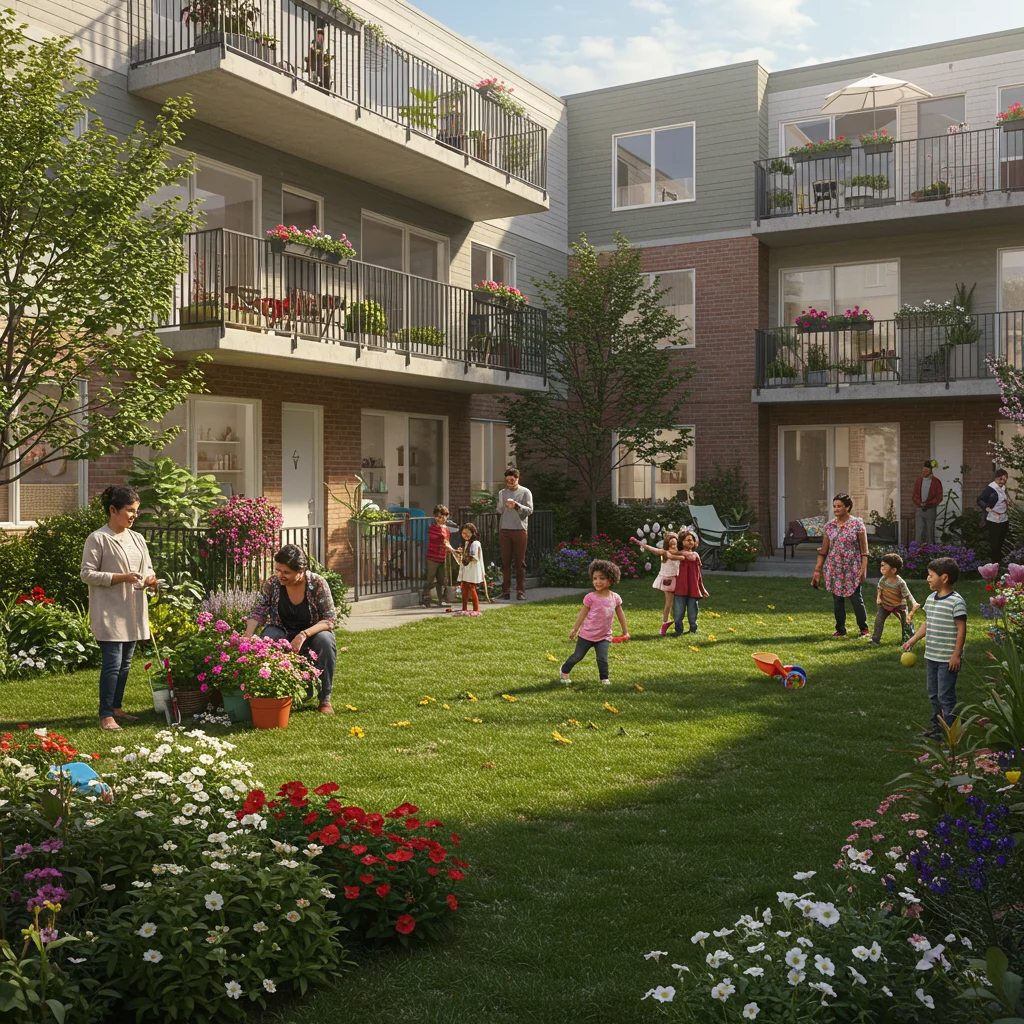
Urban vs. Suburban Garden Apartments
Urban garden apartments provide the balance of city conveniences and green spaces, while suburban options often feature larger grounds and quieter surroundings. The choice depends on personal preferences and daily needs.
Accessibility to Parks and Nature Trails
Being close to public parks and walking trails adds immense value, offering residents additional opportunities to enjoy the outdoors. Some communities are even adjacent to nature preserves or scenic viewpoints.
If you appreciate natural vistas, you might also enjoy the stunning landscapes described in our coverage of Sedona’s red rock sunsets.
Proximity to Public Transportation
Easy access to buses, trains, or bike paths is a significant advantage, especially for commuters. Many garden apartment complexes are strategically located to facilitate convenient travel throughout the city.
Cost and Affordability of Garden Apartments
While garden apartments offer many benefits, understanding their cost is essential for prospective renters or buyers.
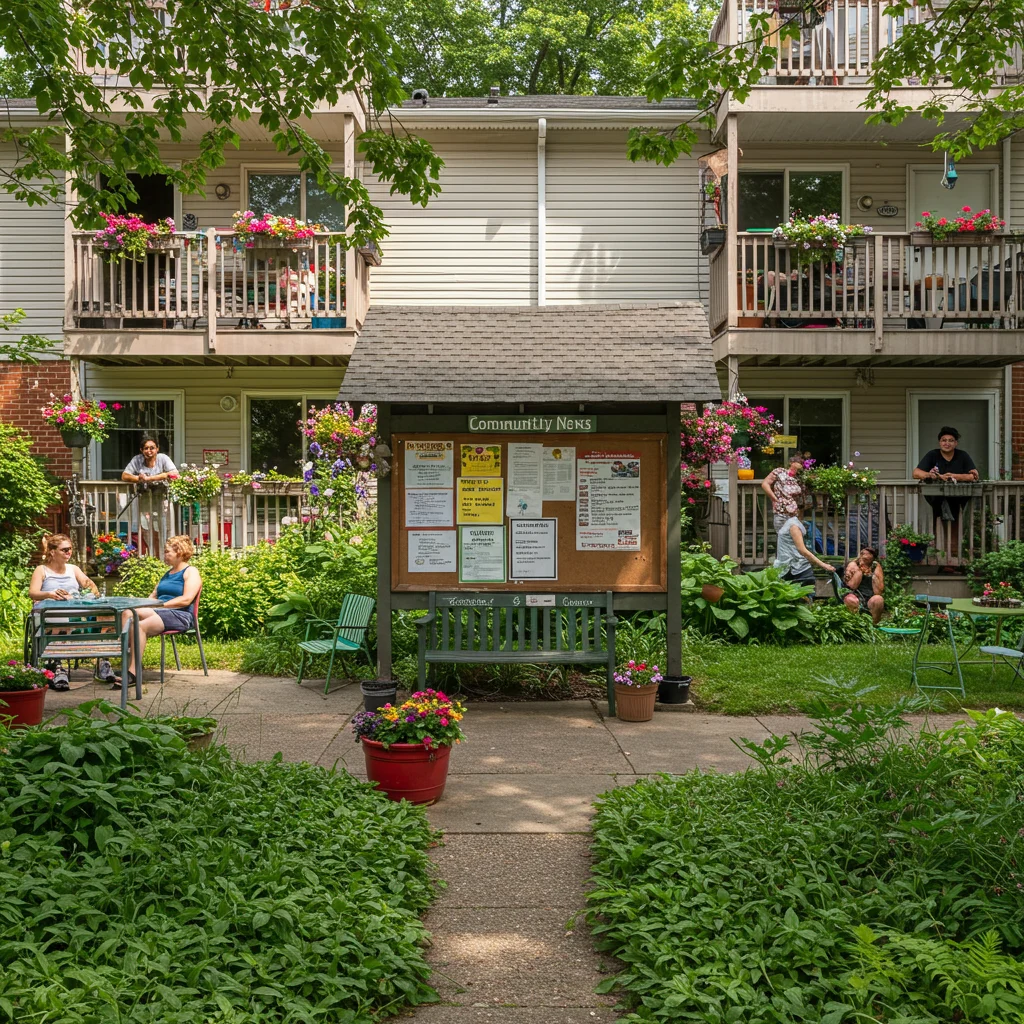
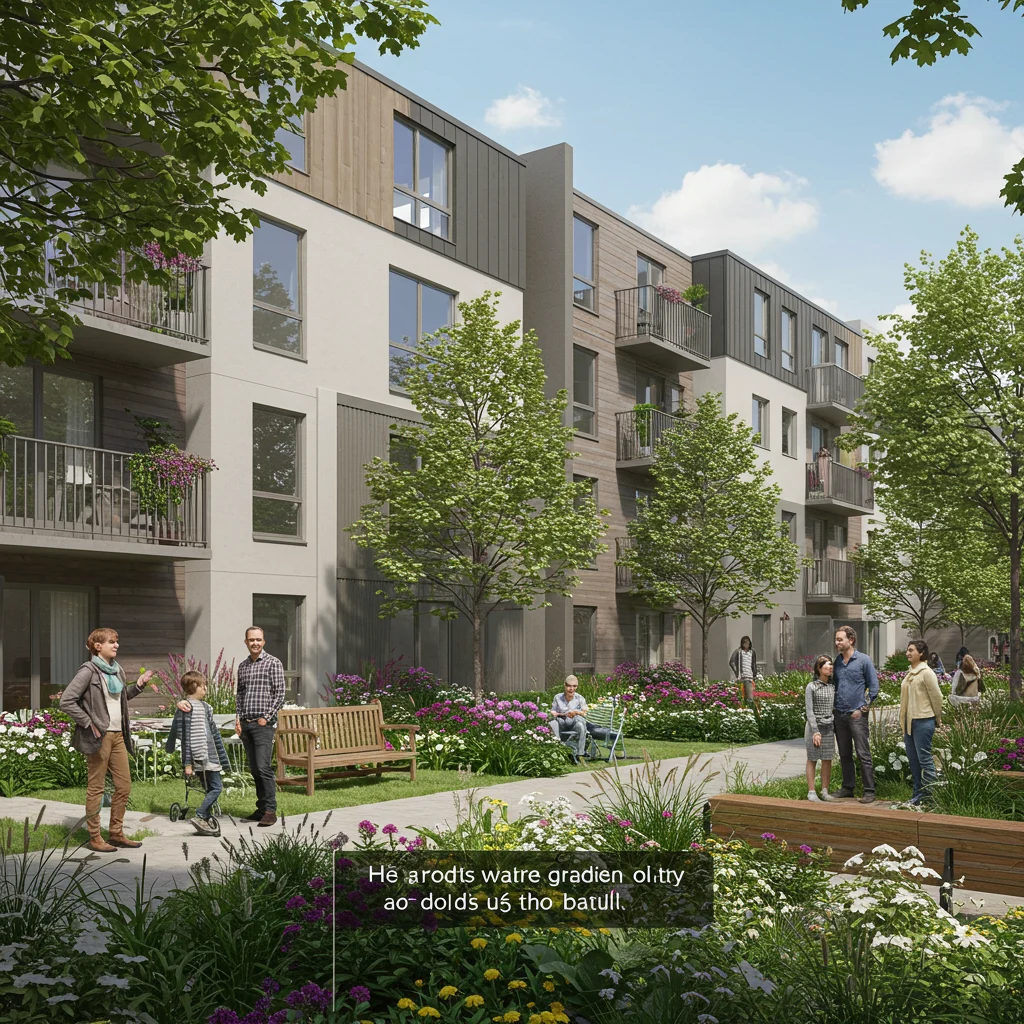
Are Garden Apartments More Expensive?
Garden apartments may command higher rents than standard units due to their desirable features and prime locations. However, the additional amenities and improved quality of life often justify the investment.
Factors Affecting Rental Prices
Several factors influence pricing, including location, square footage, amenities, and the quality of landscaping. Units with private gardens or luxury finishes tend to be priced at a premium.
Comparing Costs with Traditional Apartments
When comparing costs, it is important to consider the value of included amenities such as green spaces, security, and community features. Often, these extras make garden apartments a worthwhile choice for those seeking a peaceful living environment.
Finding the Perfect Garden Apartment
Searching for the right garden apartment involves careful planning, research, and attention to detail.
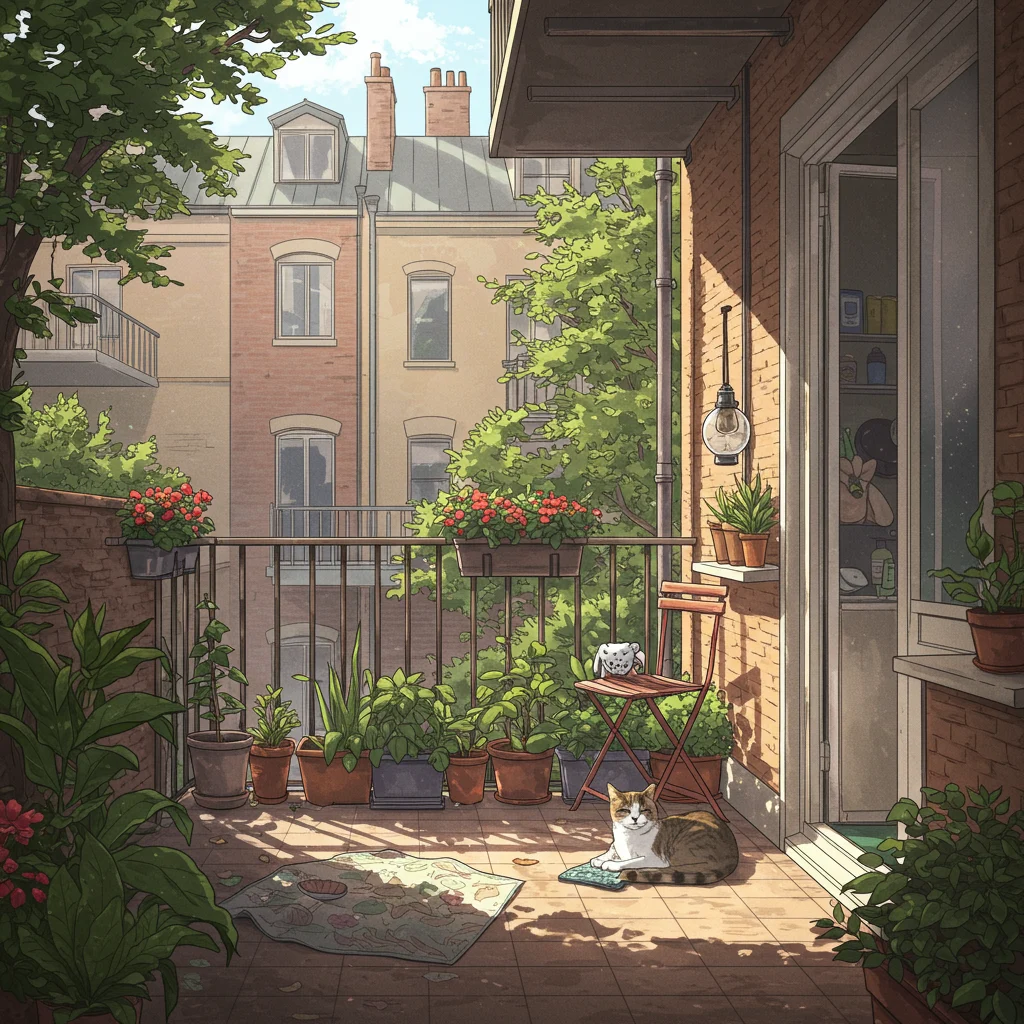
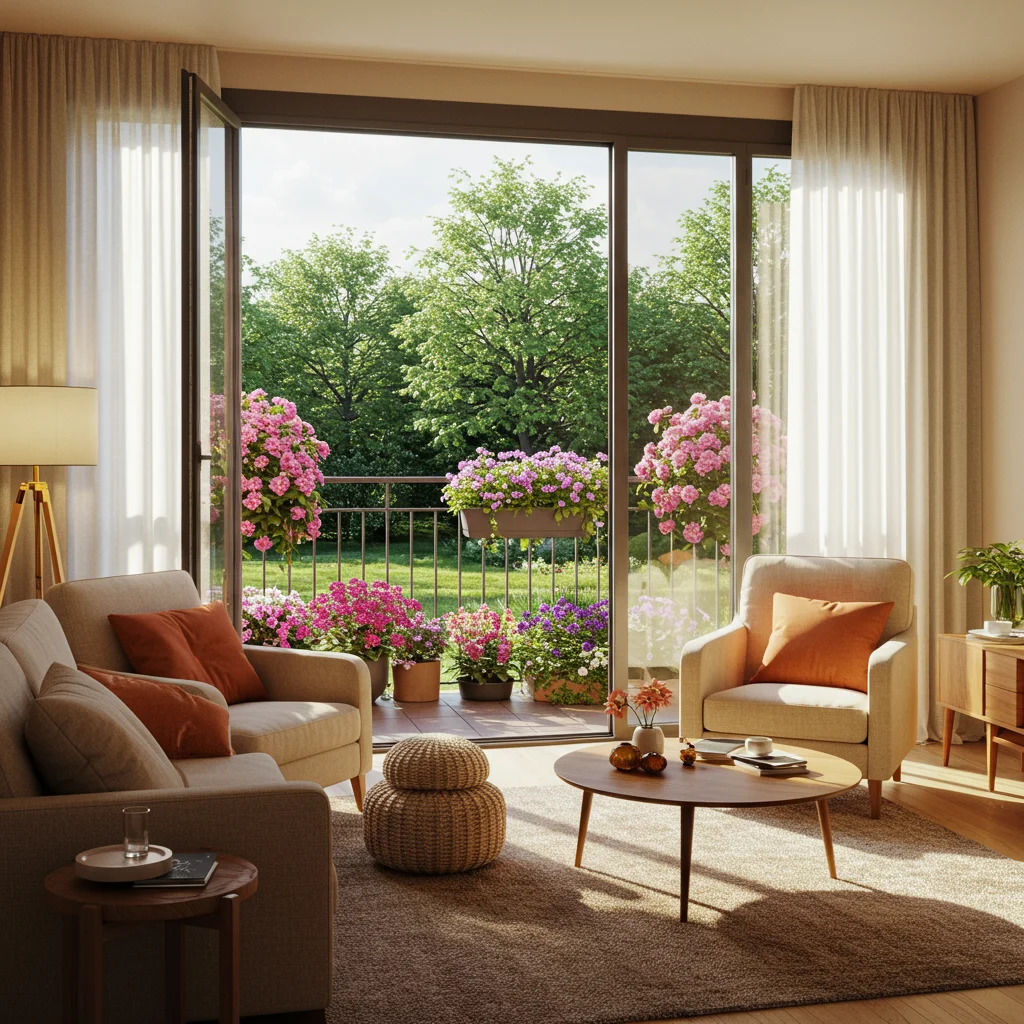
Tips for Apartment Hunting
We recommend starting with a clear list of priorities, such as desired location, budget, and must-have features. Online listings and virtual tours can help narrow your options before scheduling in-person visits.
Questions to Ask Before Renting
Important questions include:
- What is included in the rent (utilities, parking, maintenance)?
- Are pets allowed, and are there any restrictions?
- How is security handled in the complex?
- What is the policy for maintaining gardens and common areas?
What to Look for During an Apartment Tour
Pay attention to the condition of the landscaping, the amount of natural light, and the level of noise from neighboring units or streets. Test doors and windows for insulation and inquire about any recent upgrades to security or energy efficiency.
Decorating Your Garden Apartment for Tranquility
Personalizing your space can greatly enhance its peaceful atmosphere, both indoors and out.
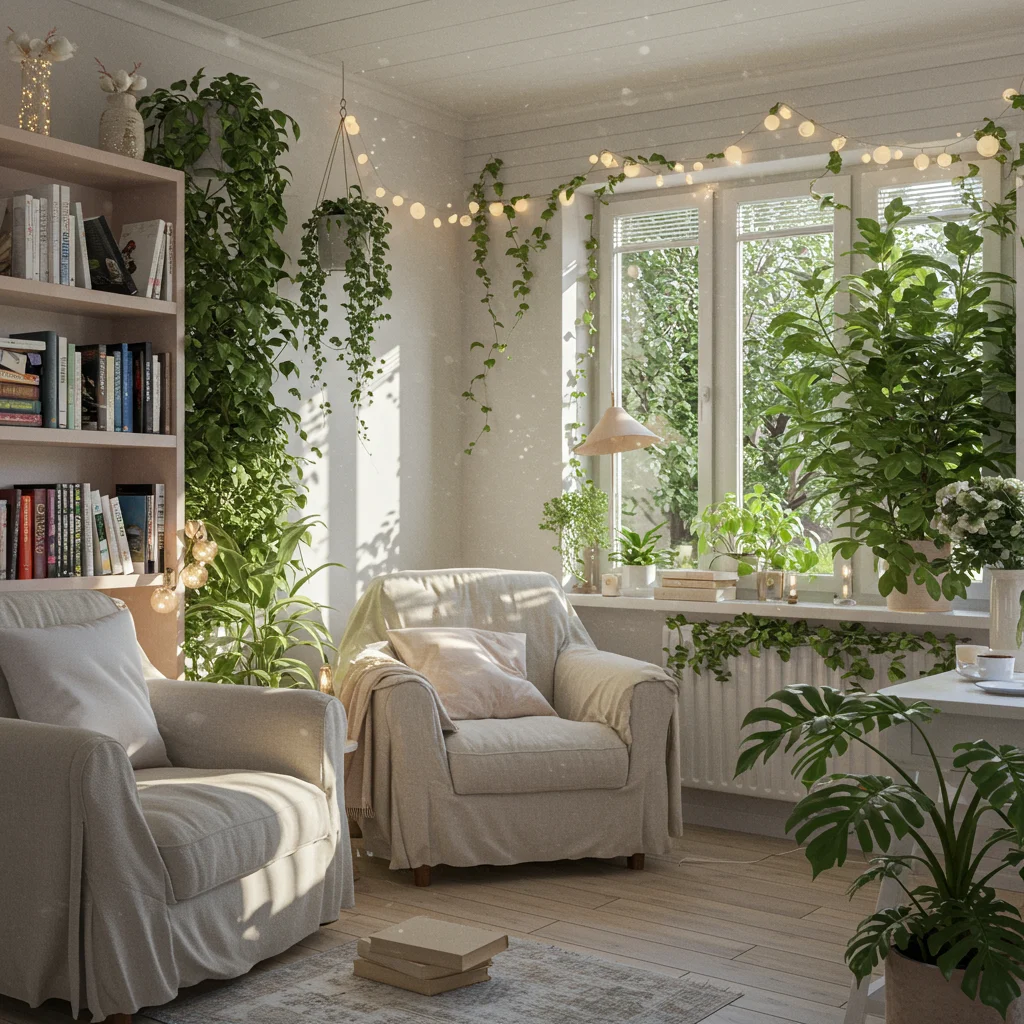

Best Plants for Indoor and Outdoor Spaces
Consider low-maintenance plants such as snake plants, pothos, or succulents for interiors. For patios or balconies, flowering annuals and herbs can add color and fragrance.
Furniture and Layout Tips
Opt for furniture with clean lines and natural materials like wood or rattan. Arrange seating to maximize garden views and allow for easy movement throughout the space.
Maximizing Natural Light
Use light, sheer curtains and reflective surfaces to enhance sunlight. Mirrors placed opposite windows can brighten darker corners and visually expand the room.
Personalizing Your Outdoor Area
Add personal touches such as string lights, outdoor rugs, or potted plants. Small water features or wind chimes can further contribute to a relaxing ambiance.
Maintenance and Upkeep
Proper maintenance ensures that garden apartments remain beautiful and functional year-round.
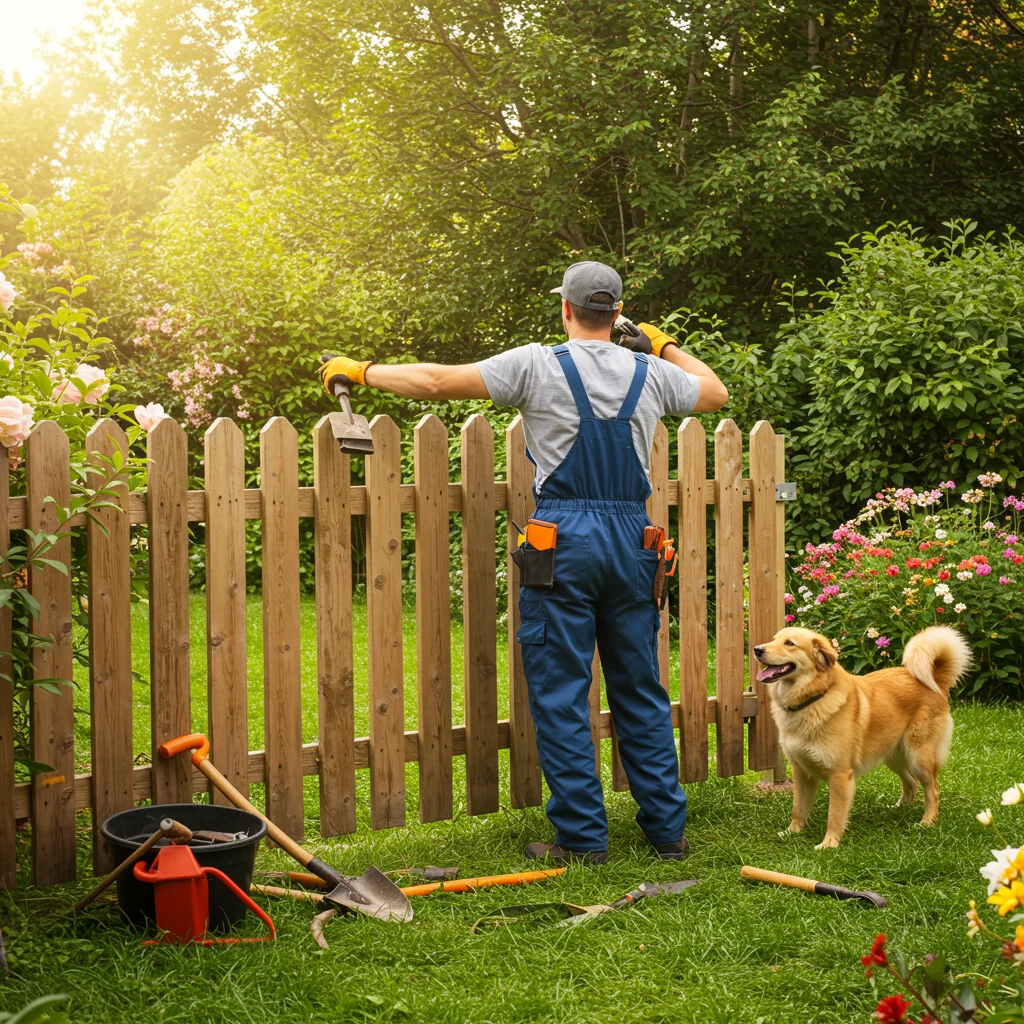

Who Maintains the Gardens?
In most complexes, professional landscapers handle the upkeep of shared gardens and green spaces. Residents may be responsible for maintaining private patios or gardens attached to their units.
DIY Gardening Tips for Residents
For those with a green thumb, container gardening is a practical way to cultivate flowers or herbs. Choose plants suited to your climate and light conditions for best results.
Seasonal Maintenance Checklists
Regular tasks include pruning, mulching, and cleaning outdoor furniture. Seasonal checklists help residents prepare for extreme weather and keep their gardens thriving.
Potential Drawbacks of Garden Apartments
While garden apartments offer many advantages, there are some challenges to consider before making a decision.
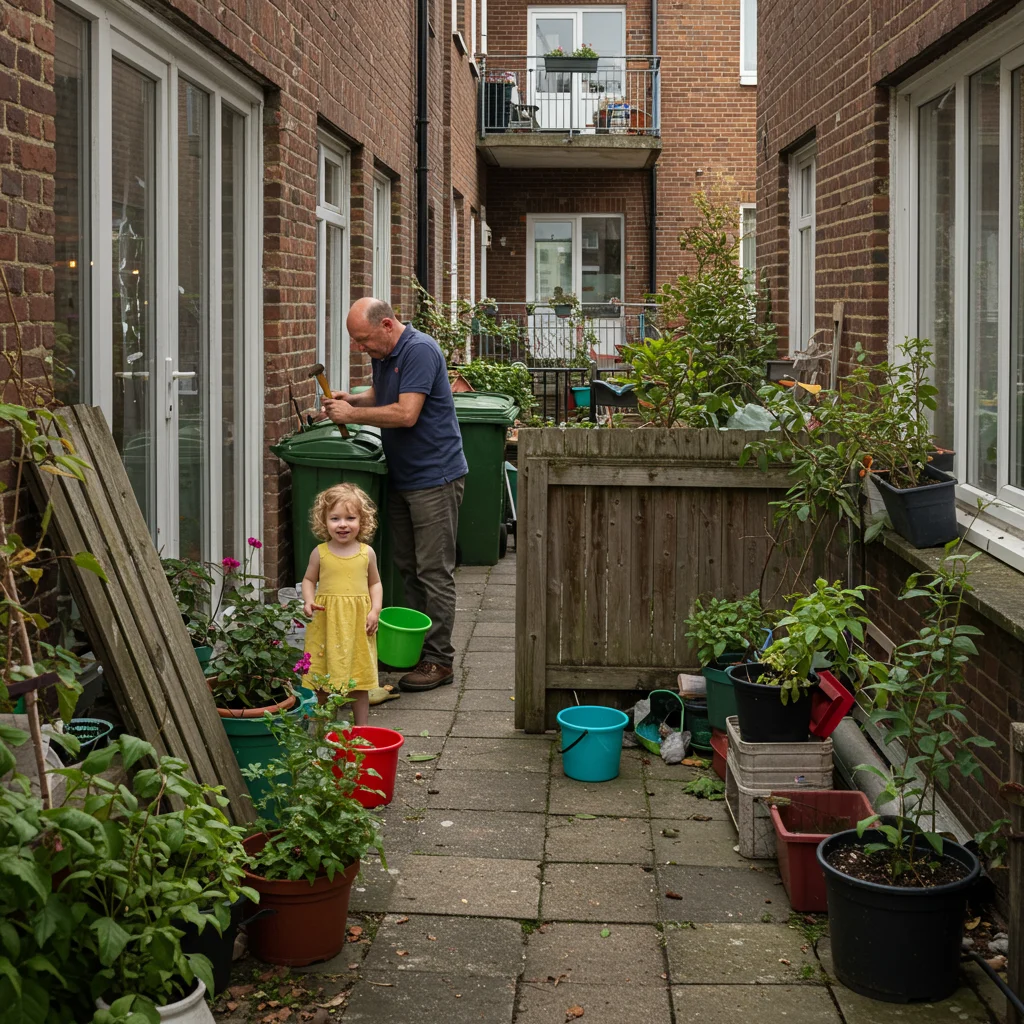
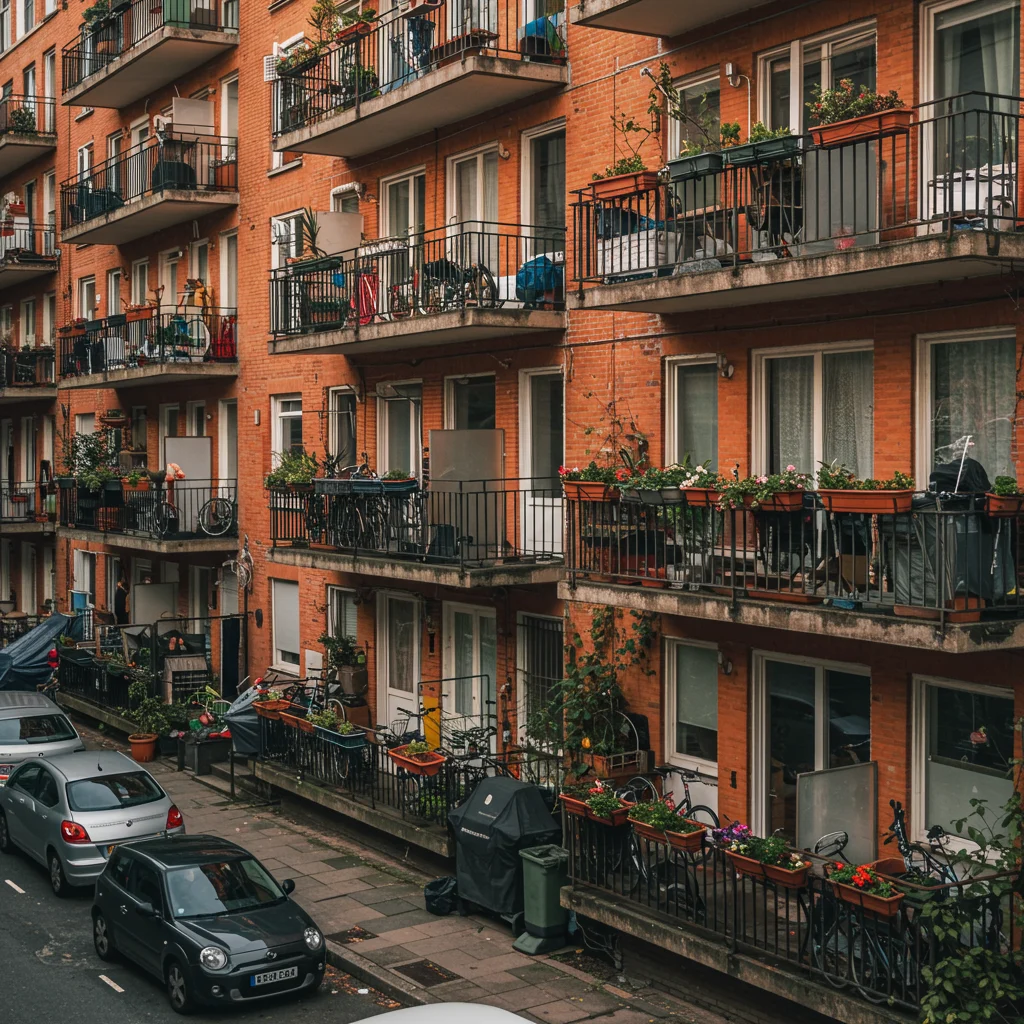
Are There Any Downsides to Garden Apartments?
Potential drawbacks include higher rents, increased maintenance responsibilities, and the possibility of less privacy in shared outdoor spaces.
Security Concerns for Ground-Floor Units
Ground-floor units may be more vulnerable to break-ins, so it is important to ask about security measures such as locks, alarms, and surveillance cameras.
Pest Control and Moisture Issues
Proximity to gardens can attract insects or lead to moisture problems if not properly managed. Regular inspections and prompt maintenance help prevent these issues.
Accessibility Challenges
Some garden apartments lack elevators or ramps, which may present difficulties for residents with mobility limitations. Always verify accessibility features before committing to a lease.
Garden Apartments Around the World
Garden apartments are popular in many countries, each offering unique interpretations of this peaceful living style.
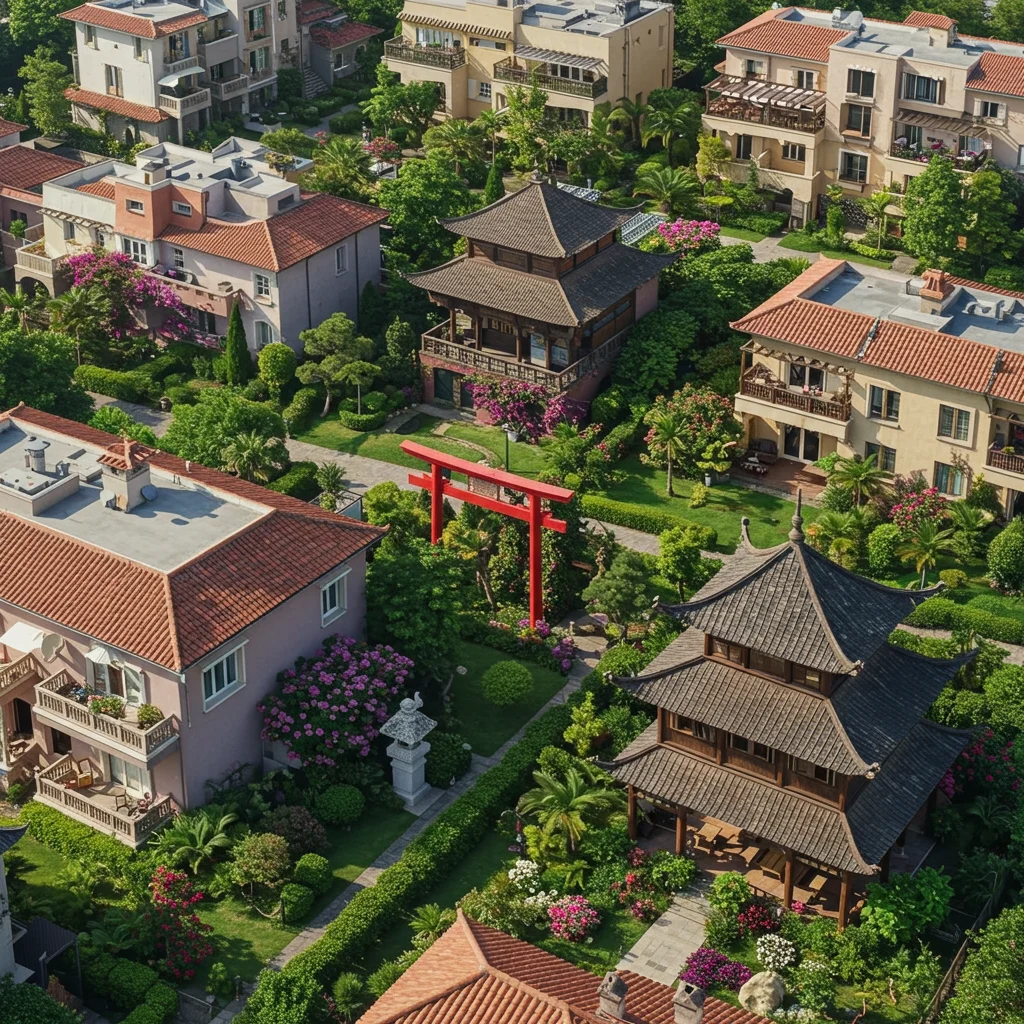
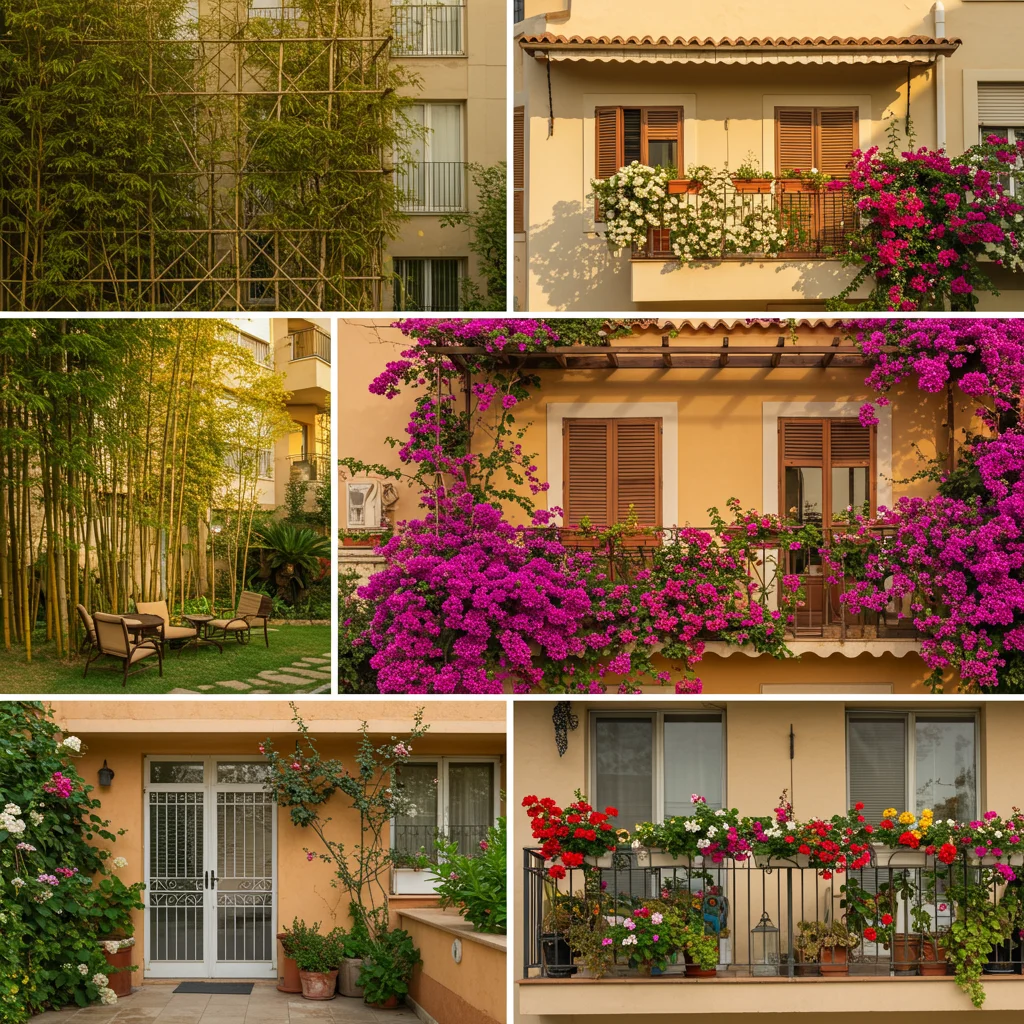
Popular Cities for Garden Apartment Living
Cities such as London, Sydney, and Los Angeles are renowned for their garden apartment communities. These urban oases attract residents seeking respite from busy city life.
Unique International Designs
From Mediterranean courtyards to Japanese-inspired landscapes, international garden apartments showcase diverse architectural and landscaping traditions. These designs reflect local climates, cultures, and lifestyles.
Future Trends in Garden Apartments
Innovation continues to shape the future of garden apartments, with technology and sustainability at the forefront.

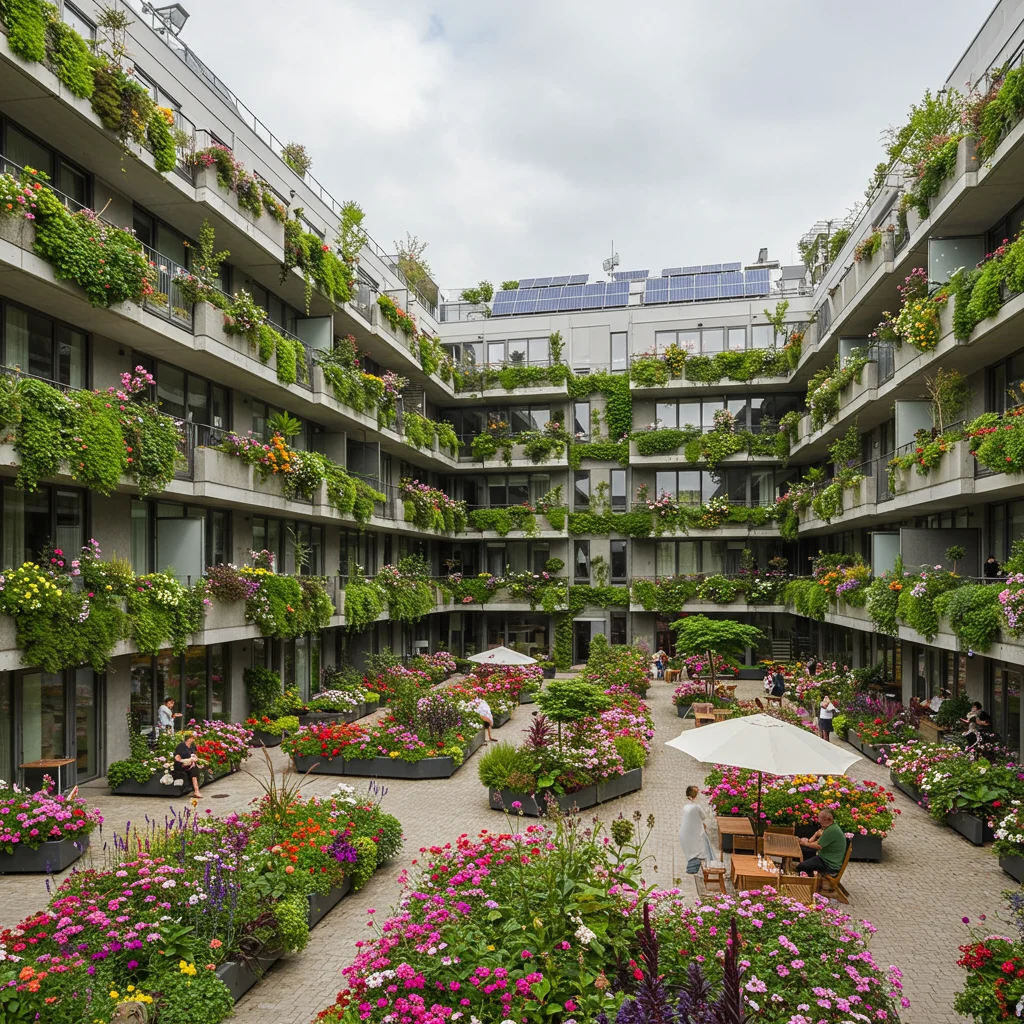
How Is Technology Shaping Garden Apartments?
Smart home features such as app-controlled lighting, climate systems, and security cameras are becoming standard. These technologies offer greater convenience and peace of mind for residents.
Sustainable Innovations in Design
Developers are increasingly incorporating solar panels, green roofs, and rain gardens into new projects. These innovations help reduce environmental impact while enhancing residents’ connection to nature.
Smart Home Features for Peaceful Living
Automated systems can adjust lighting and temperature to match daily rhythms, promoting relaxation and energy savings. Voice assistants and remote monitoring further simplify daily life.
Success Stories: Residents Share Their Experiences
Hearing from those who have chosen garden apartments can provide valuable insight and inspiration for prospective residents.

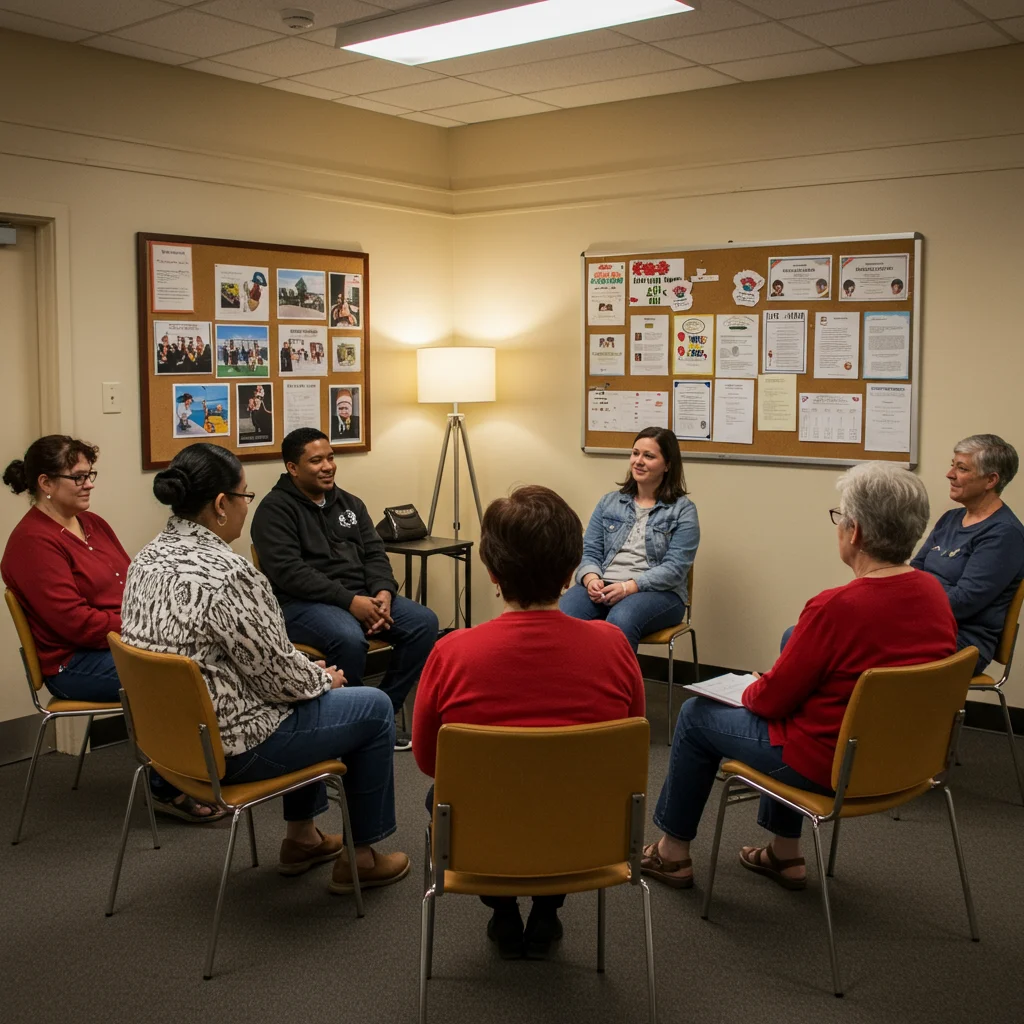
Testimonials from Garden Apartment Dwellers
Many residents highlight the calming effect of daily access to greenery, the joy of morning walks through landscaped paths, and the sense of community that develops in shared outdoor spaces.
Tips for Making the Most of Garden Apartment Living
To fully enjoy garden apartment life, residents recommend participating in community activities, personalizing outdoor spaces, and embracing the slower pace that comes with proximity to nature.
How to Book on Viator
When planning your move or searching for inspiration, consider using platforms like Viator to find tours, activities, or even relocation services in your desired area. Booking activities through trusted providers ensures a smooth transition and helps you get acquainted with your new neighborhood.


Viator offers a wide range of options for exploring local attractions and making the most of your surroundings, whether you are moving across town or to a new city entirely.
Conclusion: Is a Garden Apartment Right for You?
Garden apartments offer a compelling blend of natural beauty, privacy, and community, making them a wonderful choice for those seeking peaceful living. By weighing the benefits, potential drawbacks, and your unique lifestyle needs, you can determine whether this housing style aligns with your vision of home.

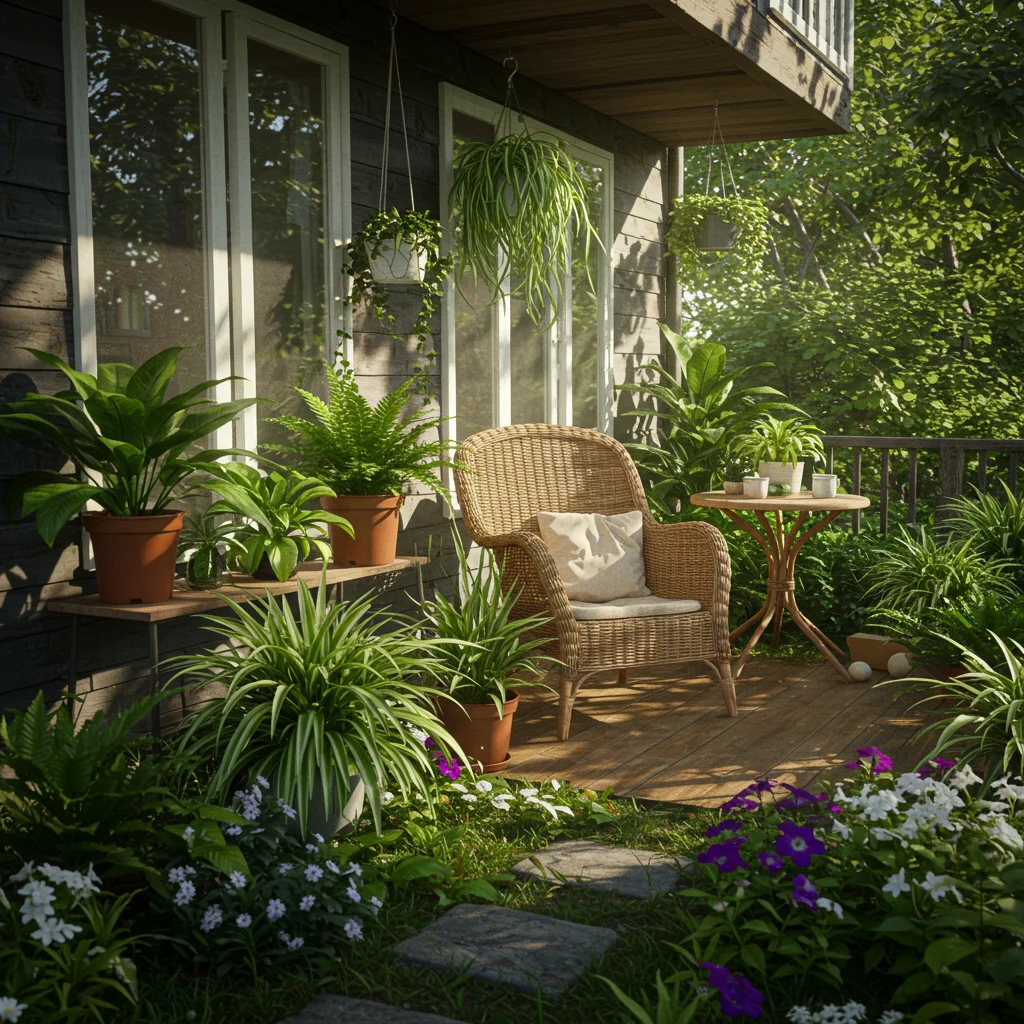
At Izase, we are passionate about helping you find the perfect environment for relaxation and well-being. For more insights and inspiration, visit Izase.
Disclaimer: This information is accurate to the best of our knowledge; however, there may be changes or mistakes. Please verify exact details on the Viator booking page.

